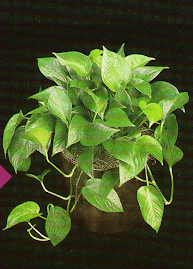9.3 Reproduction in Flowering Plants
1)
2)Pollination: The transfer of pollen grains from the anther to the stigma
Fertilization: Fusion of male and female gametes
Seed Dispersal: Mechanisms for distributing seeds away from the parent plant
3)
4)Conditions needed for the germination of a typical seed.
- Evolution of the seed: Key adaption of plants to terrestrial life
- Seed Dormancy increases the chance that germination will occur at the appropriate time
- Environmental cues:
- oxygen and water
- Desert
- Chaparral
- Temperate & Subarctic Zones
- Passage through animal Digestive Track
- Legnth of dormancy: varies from days to decades
Imbibition
- Absorption of water, due to low water potential in dry seed, causes seed to swell, rupturing the seed coat and triggering metabolic changes in the embryo, causing it to resume growth.
-Giberellic Acid (GA) is released by embryo, which diffuses throughout seed, reaching the aleurone, the outer layer of the seed.
-Amylase, a digestive enzyme, is released by the aleurone when triggered by GA
-Endosperm starch is hydrolyzed into maltose by amylase
-Cotyledon absorbs maltose from endosperm into embryo
-Seedling grows from embryo fueled by the energy from maltose; stored lipids and proteins also hydrolyzed allowing for growth and development of the embryo.
6)Flowering is controlled in long-day and short-day plants, including the role of phytochrome:
- Phytochrome is a pigment that exists in plants in two forms
- Pr, absorbs white/ red light
- Pfr, absorbs dark/ far-red light
- In white or red light Pr is converted to Pfr
- In far-red light or in darkness, Pfr gradually reverts to Pr
- Pfr acts as a promoter of flowering in long-day plants
- Pfr acts an inhibitor of flowering in short-day plants




No comments:
Post a Comment